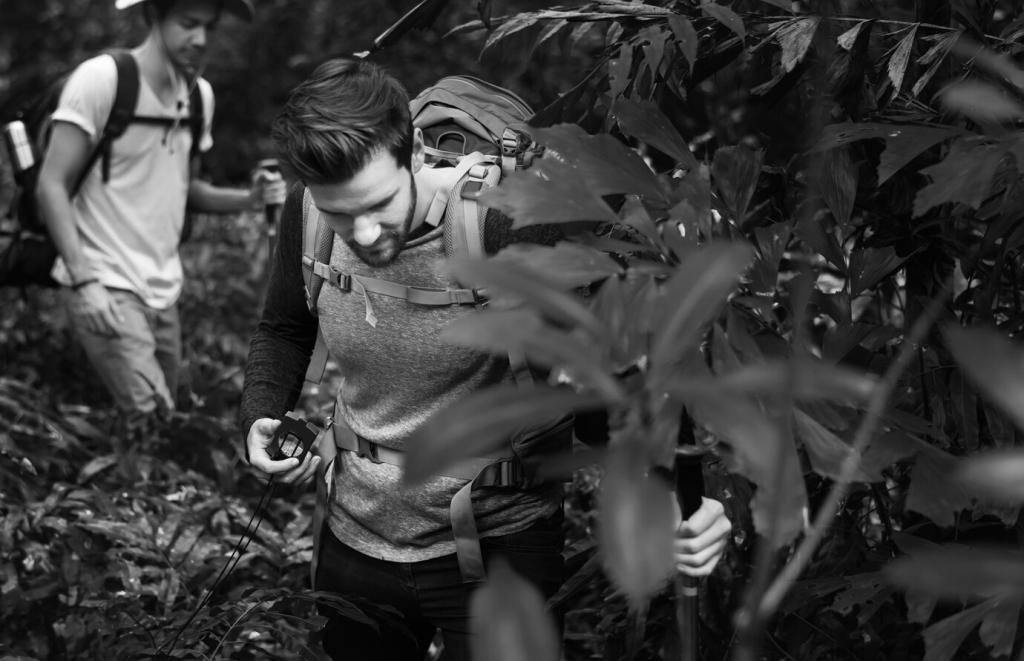Transformation of Urban Parks Over the Decades
Urban parks have long been vital green spaces within busy cities, shifting in appearance, use, and purpose through changing social, environmental, and architectural trends. Their transformation reveals not only aesthetic evolutions, but also society’s response to shifting values, technological progress, and the growing awareness of environmental sustainability. This page explores how urban parks have been reshaped over the decades, examining the influences, milestones, and ongoing innovations that continue to redefine these essential urban landscapes.


Romanticism and Nature in the City
During the latter half of the 1800s, inspired by movements like Romanticism, city leaders recognized the value of integrating nature into rapidly industrializing urban landscapes. Early parks, such as Central Park in New York, exemplified picturesque designs that introduced winding pathways, artificial lakes, and landscaped lawns intended to evoke tranquility. These spaces provided respite from urban chaos, offering residents opportunities to recharge mentally and emotionally in natural settings, a function that remains crucial in today’s urban planning.

Social Reform and Health Advocacy
The establishment of urban parks was equally rooted in social reform. Visionaries believed that access to green spaces could mitigate the negative health effects of industrialization and improve moral standards. Public parks were seen as “lungs” of the city, helping to cleanse the air and provide children and families with healthier places to play and socialize. This era cemented the notion that parks should serve as equal-access havens benefitting all strata of society.

Planning and Property Values
As parks were woven into city plans, real estate developers and local authorities soon noticed their effect on surrounding property values. The presence of parks increased demand for adjacent housing, influencing urban layouts for decades to come. These developments demonstrated the lasting economic impact that thoughtfully designed parks could generate within cities—a trend that continues to shape urban planning strategies today.
The Rise of Recreation and Sports Facilities
Shifting Toward Active Recreation
By the early to mid-1900s, expanding city populations and evolving lifestyles led to a rise in organized recreation. Parks adapted by adding facilities like sports courts, swimming pools, and playgrounds. This shift acknowledged that contemporary urbanites sought active forms of leisure and socialization, making urban parks pivotal in promoting fitness and community cohesion. The transformation from picturesque strolls to team sports and recreational play reflected deeper cultural changes in attitudes toward health and wellness.
Children, Playgrounds, and Inclusivity
The concept of child-centered play became prominent in park design after World War II. Planners introduced specialized playground equipment to foster creative play, motor skills, and social interaction among children. This era also saw efforts to make parks more inclusive, with facilities accessible to people with disabilities or special needs. Urban parks thus evolved as sites not only for recreation but also for child development and social integration, reflecting broader trends toward inclusivity in public spaces.
Organized Community Activities
Urban parks increasingly became venues for community gatherings, festivals, and organized sports leagues. Authorities recognized the value of programming to activate underutilized areas and bring diverse populations together. Seasonal events, tournaments, and instructional classes emerged as vital components of park activity calendars, solidifying the role of urban parks as places where neighborhoods could bond and civic pride could flourish.
The Influence of Urbanization and City Growth
As cities expanded and land became increasingly scarce, innovative solutions were required to preserve and enhance urban green spaces. High-density development threatened to squeeze parks out, but planners responded with strategies like pocket parks, rooftop gardens, and the reclamation of underused infrastructure, such as converting rail corridors into linear parks. These creative interventions ensured that even in the densest neighborhoods, residents could still find pockets of nature and relaxation.

Environmental Awareness and Sustainable Design
Environmental concerns spurred the movement to restore and protect native habitats within city parks. Wetlands restoration, reforestation, and the planting of indigenous species became common, allowing urban parks to serve as refuges for wildlife and vital connections to larger ecological networks. These initiatives restored ecological balance and heightened public understanding of the interconnectedness between urban environments and natural systems.
Urban parks have evolved to reflect the cultural richness of the communities they serve. This involves incorporating elements that honor different traditions, heritages, and uses of public space. From public art installations to culturally themed gardens, park features now celebrate local identities and histories, fostering a sense of belonging among all users.
Diversity, Equity, and Community Engagement
The Integration of Technology and Smart Solutions
Digital Wayfinding and Interactive Features
The integration of digital technologies has transformed the park-going experience. Interactive kiosks, app-based navigation, and QR codes provide visitors with information about park features, events, and ecological highlights. Some parks offer augmented reality experiences that educate users about history and biodiversity, making visits more informative and engaging for all ages.
Smart Infrastructure and Sustainable Operations
Technological innovation now supports more efficient park operations. Smart irrigation systems monitor soil moisture and control water use, while sensor-equipped lighting improves safety and energy efficiency. The use of data analytics allows managers to track park usage patterns, optimize maintenance schedules, and respond to community needs more effectively, enhancing both sustainability and user satisfaction.
Enhancing Public Safety and Connectivity
Security and connectivity are greatly augmented by new technologies. Wi-Fi networks and emergency call stations have become common, providing peace of mind and accessibility. Surveillance cameras and real-time emergency alerts increase safety, while social media platforms foster community engagement and help coordinate park-based activities. Together, these solutions create parks that are not only safer but also more connected and responsive to the needs of urban dwellers.
Previous
Next
